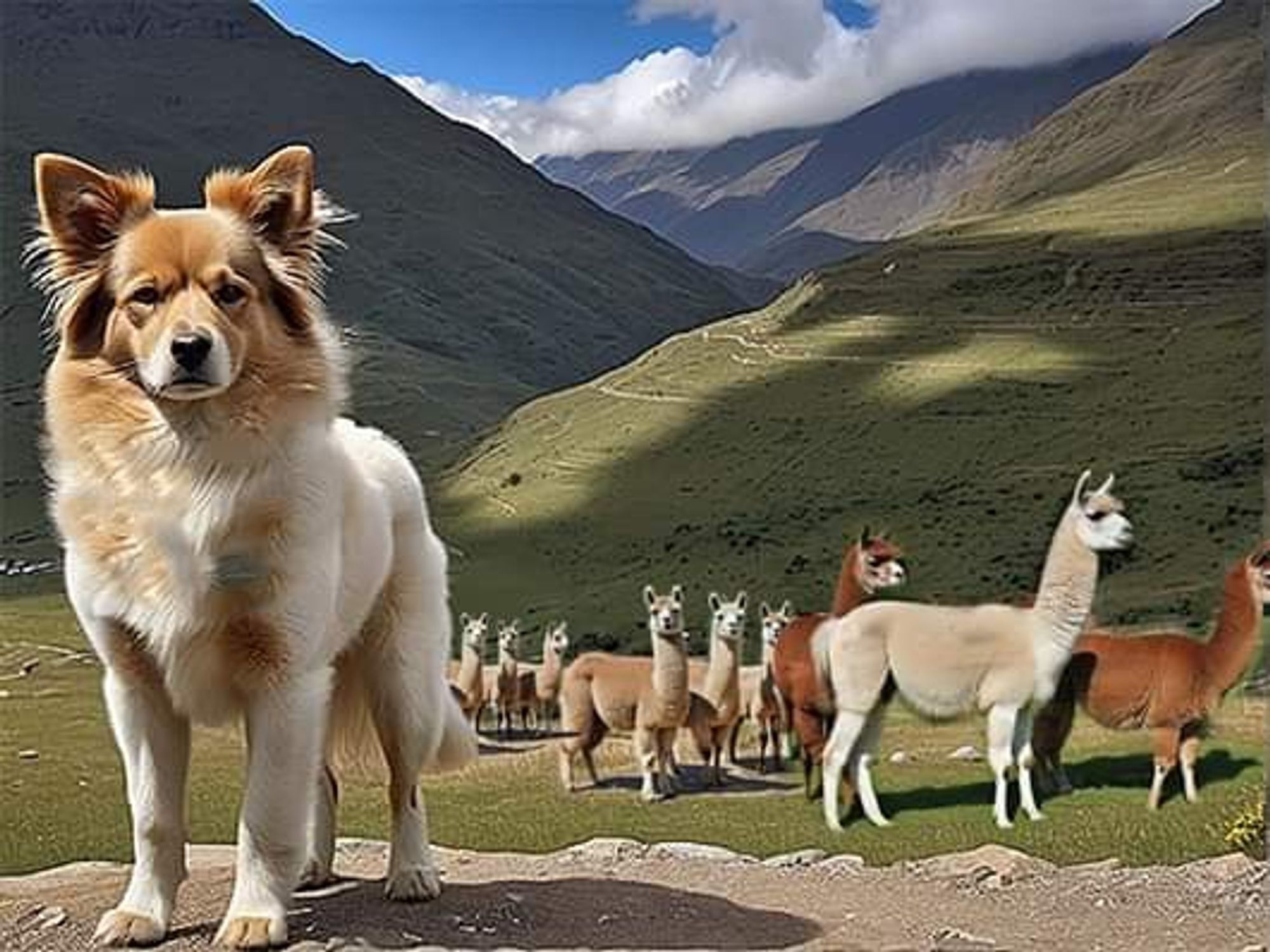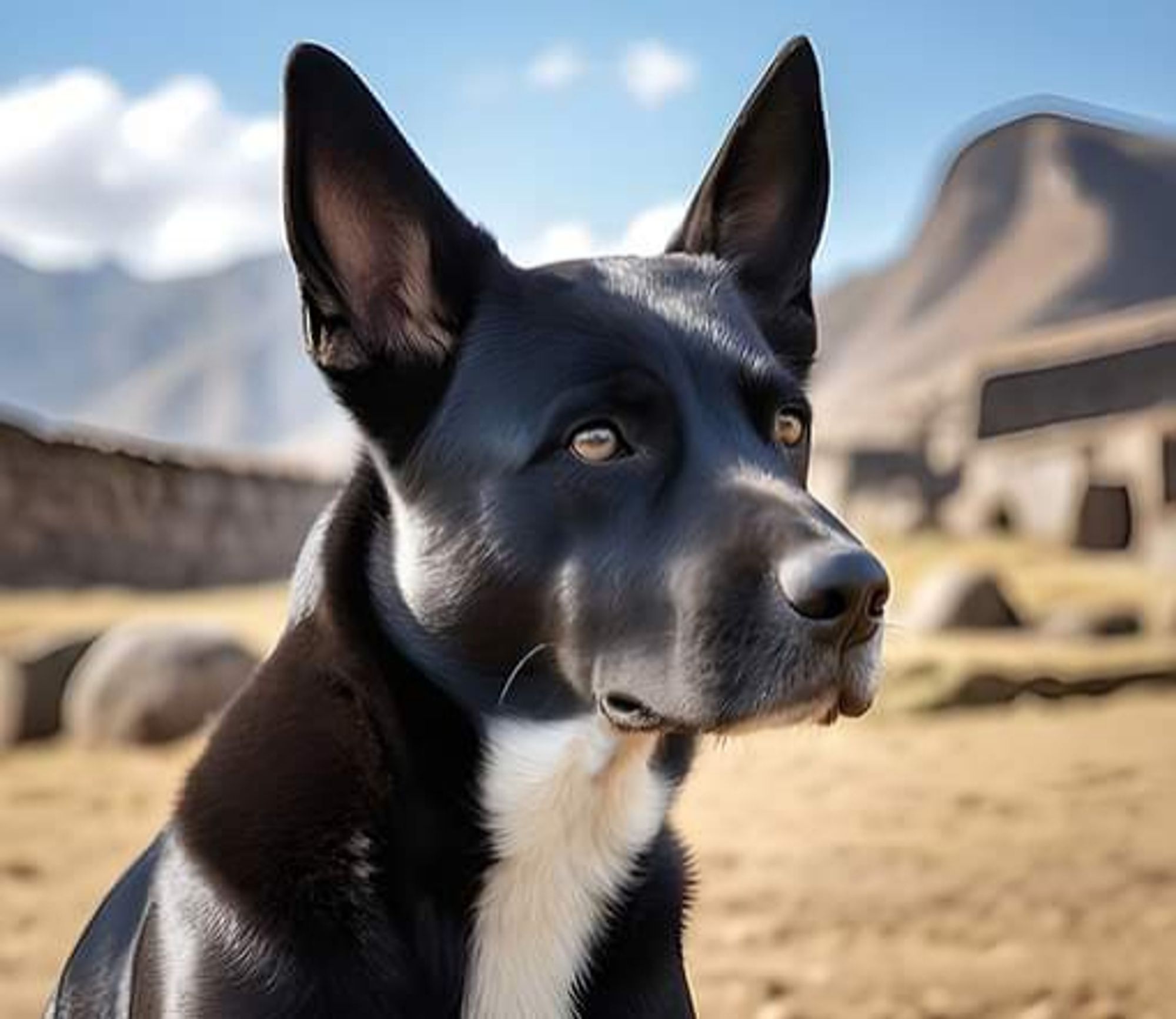my piece "schnitte 4" has been included in the first compilation by #ProyectoMonte#LatinAmerica#Bandcamp#BandcampFridayproyectomonte.bandcamp.com/album/proyec... .

27 track album
On October 2, 2009, Sarah's Latin American "In Concert" tour began at the Estadio Olímpico Benito Juárez for the closing of the 5th Festival Internacional de Chihuahua, in Ciudad Juarez, Mexico. #sarahbrightman#inconcert#mexico#latinamerica

DREX Dinheiro é subjetividade necessita de um ato de Fé e Confiança DREX cidadão #LatinAmerica#Mercosul#TetraSolution#QuartoPoder#TempoDinheiro#IntegraçãoRegionalbrainlatamimages.com/blog/moneygo...

The last three presidents of Guatemala have all been linked to corruption. The country's hopes for change rest on one man. #democracy#politics#CentralAmerica#LatinAmerica#humanrights#Semilla

Guatemala’s future is on the line, as its new president Bernardo Arévalo battles a corrupt political establishment
Políticos são Corruptos e Ignorante #Prefeito#Vereador#LatinAmerica#Mercosul#TetraSolution#QuartoPoder#TempoDinheiro#IntegraçãoRegional#CBDCdeVarejo#Pertencimento#RendimentoPaís#DrexCidadão#BancoCentral#PolíticaMonetária#EstabilidadeFinanceira#Democraciabrainlatam.com/blog/moneygo...

Um desejo de Princesa: Que a Hybe/BigHit começasse a processar quem está fora da Coreia!!!! Começando pelo bando de fdp aqui do Brasil!! Bora Hybe LatinAmerica… faça seu trabalho!!!
Working in the environmental humanities with a focus on the Global South? Check out our new #bookblog.degruyter.com/call-for-ma..#history#art#literature#americas#latinamerica#africa#caribbean#ecology#anthropocene#extractivism#buenvivir#nature
About peruvian #ancient#dogs#Migrations#Archaeology#art#Peru#LatinAmerica#History You can find my books in the link in my bio





